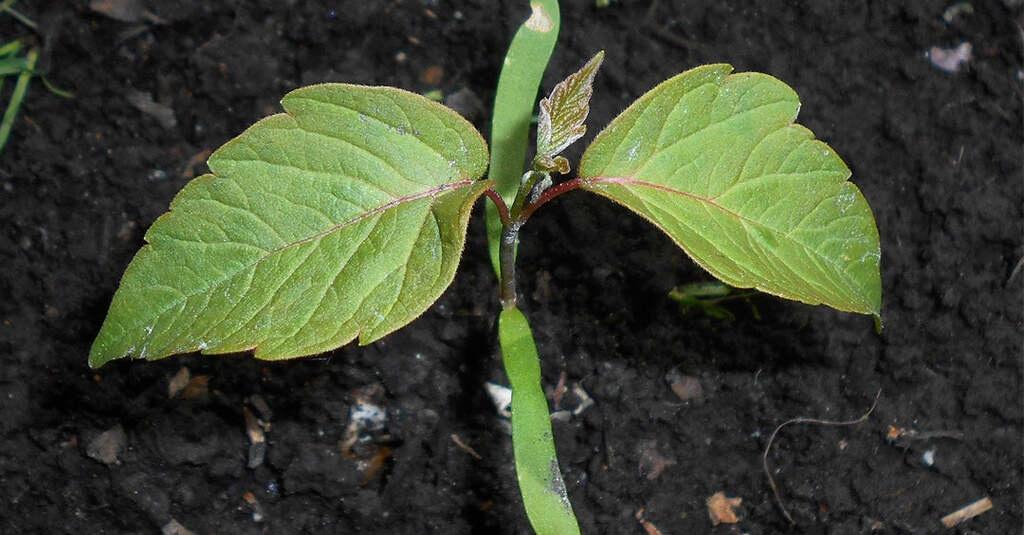Are you curious to know what is code water bath? You have come to the right place as I am going to tell you everything about code water bath in a very simple explanation. Without further discussion let’s begin to know what is code water bath?
In the realm of culinary craftsmanship, precision is the key to unlocking flavors and textures that tantalize the taste buds. One culinary technique that embodies this precision is the water bath, a method that has found its way from scientific laboratories to gourmet kitchens. Join me as we delve into the world of the water bath and uncover the secrets behind its application in the culinary arts.
What Is Water Bath?
A water bath, also known as sous-vide (French for “under vacuum”), is a cooking method that involves immersing vacuum-sealed food in a bath of precisely controlled water at relatively low temperatures for an extended period. The primary goal is to achieve uniform cooking, ensuring that the food is cooked to perfection without overcooking or drying out.
Key Elements Of The Water Bath Technique:
-
Precision Temperature Control:
Central to the water bath technique is the meticulous control of water temperature. Immersing food in a water bath set at a precise temperature allows chefs to achieve consistent and desired results, whether it’s a perfectly medium-rare steak or a custard with a silky texture.
-
Vacuum Sealing:
Before entering the water bath, food is often vacuum-sealed in plastic bags or pouches. This not only ensures that the flavors are sealed in but also allows for a more even distribution of heat during the cooking process.
-
Extended Cooking Times:
Unlike traditional cooking methods that rely on higher temperatures, the water bath technique requires longer cooking times at lower temperatures. This slow and steady approach results in food that is evenly cooked from edge to center.
-
Preservation of Nutrients:
The gentle cooking process in a water bath helps preserve the natural flavors, colors, and nutrients of the ingredients. This is particularly beneficial for delicate foods that might lose their vibrancy through traditional cooking methods.
Applications Of The Water Bath Technique:
-
Protein Perfection:
The water bath is renowned for its ability to achieve precise doneness in proteins, be it fish, poultry, or red meat. The controlled temperature ensures that the proteins reach the desired level of doneness without the risk of overcooking.
-
Custards and Desserts:
Custards, cheesecakes, and other delicate desserts benefit from the water bath’s gentle heat. The result is a creamy and velvety texture that is uniform throughout, creating a dessert experience that is nothing short of sublime.
-
Vegetables and Fruits:
The water bath is not limited to proteins; it extends its precision to vegetables and fruits. This method allows chefs to retain the vibrant colors and textures of produce, creating dishes that are as visually appealing as they are flavorful.
-
Infusions and Flavor Extraction:
Beyond cooking, the water bath is employed for infusions and flavor extractions. Chefs can precisely control the temperature and duration to extract essential oils and flavors from herbs, spices, and other aromatic ingredients.
Challenges And Rewards:
While the water bath technique offers unparalleled precision in cooking, it requires specialized equipment and a certain level of expertise. However, the rewards—flavors that burst with intensity, textures that melt in the mouth, and a culinary experience that borders on the sublime—make it a technique worth exploring for chefs and home cooks alike.
Conclusion:
The water bath, with its scientific roots and culinary applications, is a testament to the marriage of precision and creativity in the kitchen. As chefs continue to push the boundaries of culinary innovation, the water bath stands as a tool that unlocks new dimensions of flavor and texture, elevating the art of cooking to a level of precision that captivates the senses.
FAQ
What Is The Definition Of A Water Bath?
a system for the control of temperature in which a vessel containing the material to be heated is set into or over one containing water and receiving the heat directly.
What Are Water Baths Used For?
A water bath is a laboratory equipment that is used to incubate samples at a constant temperature over a long period of time. Water bath is a preferred heat source for heating flammable chemicals instead of an open flame to prevent ignition.
What Is The Significance Of The Water Bath?
Applications. It can be used for reagent warming, substrate melting, or cell culture incubation. The water bath is the preferred heat source for heating flammable compounds because it allows some chemical processes to occur at high temperatures. It improves the solubility of poorly soluble compounds.
What Is A Water Bath Used For In Biology?
A water bath is a piece of laboratory equipment that helps bring your materials to a particular temperature, catalyze chemical reactions such as restriction digests needed in molecular biology, and thaw cell lines.
I Have Covered All The Following Queries And Topics In The Above Article
What Is A Water Bath In Chemistry
What Is Water Bath In Chemistry
What Is A Water Bath
What Is Water Bath In Laboratory
Bad Touch Examples
What Is Bad Touch In Adults
5 Examples Of Bad Touch
What Is Good Touch
5 Examples Of Good Touch
What Is Bad Touch And Good Touch
What Is Water Bath
What is a water bath in a laboratory



